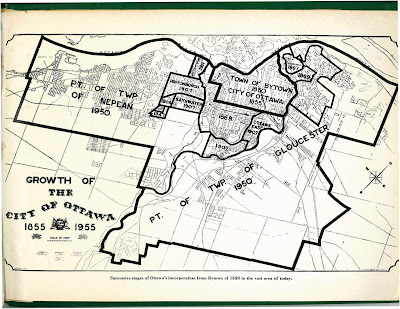Part 8: Viaduct traffic, Journaled
- History written by the whiners
- 'Battle of the Bridge'
- Bayview slip lane
- Westward city growth gets the wheel squeaking again
- Viaduct repairs 1920s to 1950s
- Wellington Bridge is Falling Down 1960s
- New Wellington Viaduct to be built
- Wellington Street Officially Severed
- 'Replacement' viaduct will disconnect Wellington
- Reaction to Wellington disconnection
- Demolition of the Wellington Street Viaduct
- References
The last connection change was back in Part 4 when the Wellington Street Viaduct was built in 1909 (overtop an existing route). As it happens, the next major change to Wellington Street that we'll look at is when the viaduct was replaced.
The Viaduct gets an entire post thanks to the Ottawa Journal's obsession with its role as a bottleneck for afternoon rush-hour traffic.1


